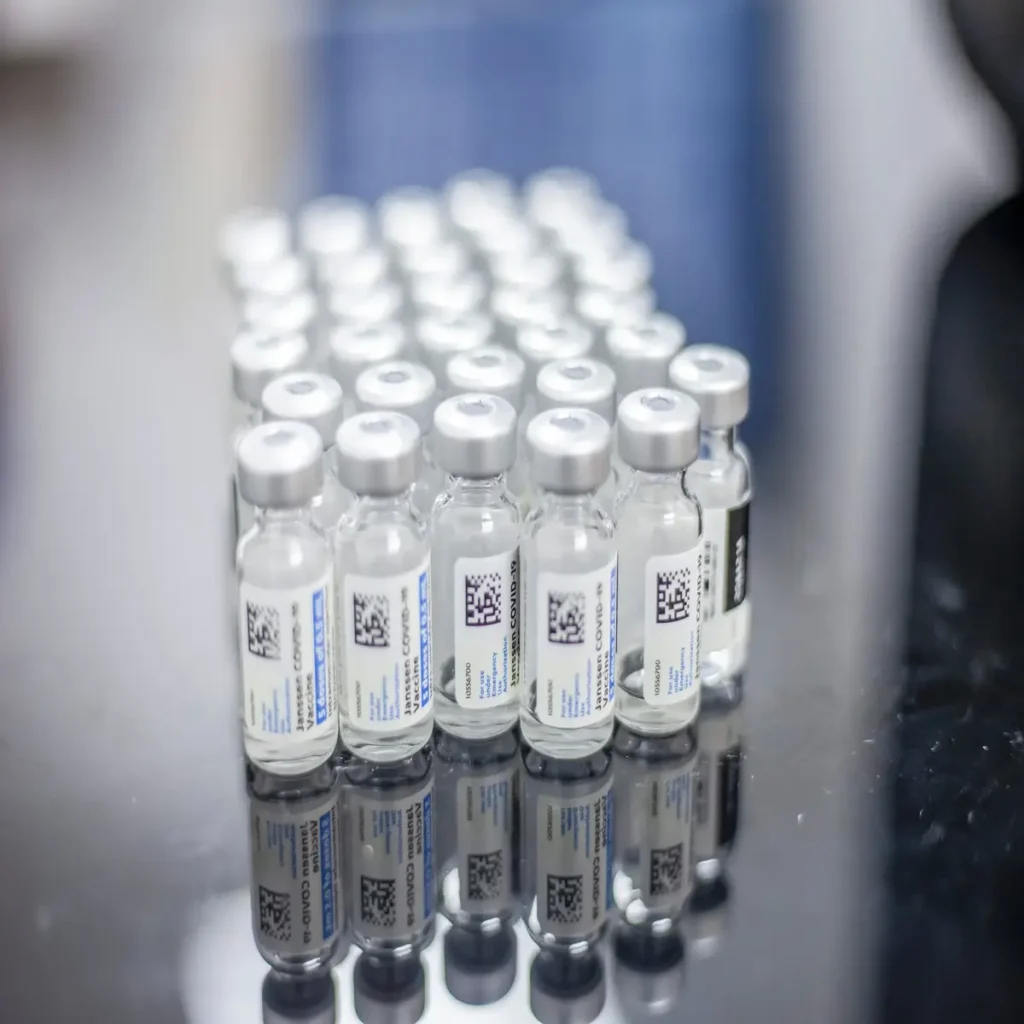
Learn definition composition preparation stability examples and applications of suspensions in pharmacy. These are pharmaceuticals that involves dispersion of solid particles in a liquid medium.
What are suspensions?
In pharmaceutics, suspensions are a type of formulation that involves dispersing of solid particles in a liquid medium. The solid particles do not dissolve in the liquid but remain suspended within it.
These are used for oral, topical or parenteral administration. These can deliver therapeutic substances directly to patients.
What is the composition of a suspension?
According to pharmaceutics a suspension typically consists of three main components,
- The active pharmaceutical ingredient (API).
- The suspending agent
- The liquid medium.
The API is the therapeutic substance.
The suspending agent helps to keep the solid particles uniformly dispersed in the liquid medium.
The liquid medium can be water or an organic solvent, depending on the solubility of the API.
What are the 3 steps for preparation of a suspension?
The preparation of suspension involves three steps:
- Wetting: Wetting involves adding the API to the liquid medium.
- Milling: Milling is use for reducing the size of the solid particles.
- Mixing: Finally, mixing ensure the particles are uniformly disperse throughout the liquid medium.
What are the ideal properties of a suspension?
The characterization of suspensions in pharmaceutics involves various physical and chemical properties. Such as, particle size distribution, sedimentation rate, viscosity and ph.
And these above properties can be measured by using techniques such as microscopy, laser diffraction and rheology.
How to increase stability of suspensions?
The stability of suspensions is an important consideration. We can increase its stability by followings,
The solid particles should settle out of the liquid medium over time. To improve stability, various techniques can be used, such as the addition of stabilizing agents or the use of surfactants. The pH of the suspension can also be adjusted to improve stability.
What are the examples of suspensions?
Now hundreds of suspensions produced in pharma industry. Here we discussed basic classification of suspension with example.
Oral suspension
It contains fine particles of the drug, which are disperse throughout a liquid vehicle. They are for children and patients who have difficulty swallowing tablets or capsules. Example of oral suspension is amoxicillin oral suspension.
Topical suspension
These are liquid preparations that are applied to the skin or mucous membranes. Examples include topical corticosteroid preparations used for skin inflammation.
Injectable suspension
These are also liquid medications that are administered by injection. It contains fine particles of the drug, which are suspend in a liquid vehicle. Examples include long-acting depot injections, which provide sustained release of the drug over a period of weeks or months.
Opthalmic suspensions
These are liquid medications use for eye. These contain fine particles of the drug, which are suspend in a liquid medium. Examples include eye drops used for the treatment of eye infections or inflammation.
Nasal suspension
Medications, administered through the nose. Examples include nasal sprays used for the treatment of nasal congestion or allergy symptoms.
Radiopaque suspensions
These are suspensions contain a contrast agent, which allows the drug visualization on X-rays or other imaging techniques. Commonly used in diagnostic procedures such as gastrointestinal imaging.
What are the applications of suspensions?
- In pharmaceutical industry for preparation of oral, topical, injectable, ophthalmic, nasal and inhaled medications.
- In food and beverage (suspend solid particles in salad dressings, marinades and fruit juices).
- Paint and Coatings (Enables even dispersal of pigment particles for consistent coverage).
- For manufacturing of cosmetics (to disperse pigments, glitter or particles evenly in a liquid medium).
- Chemical manufacturing: Facilitates better mixing and control of reactions by suspending solid particles.
- In biotechnology (in bioreactors for uniform distribution of nutrients and oxygen during cell cultivation).
- Environmental science (holds contaminants in water or soil).
Overall, suspensions in pharmaceutics improve drug delivery, enhance drug absorption, and provide sustained drug release.
Let’s read What are excipients with examples? Monophasic liquids definition examples advantages and disadvantages.
